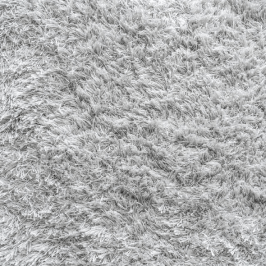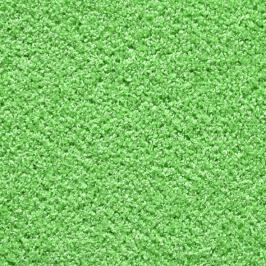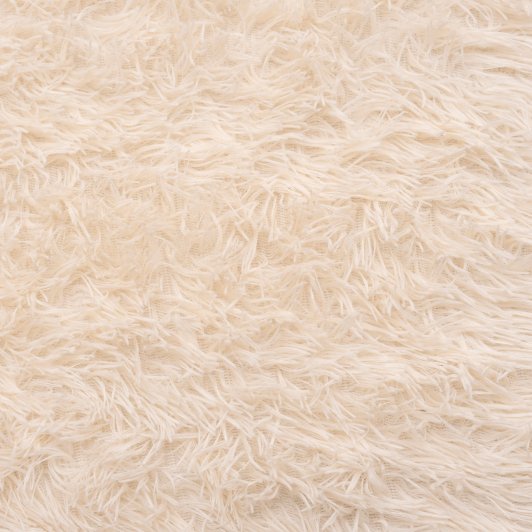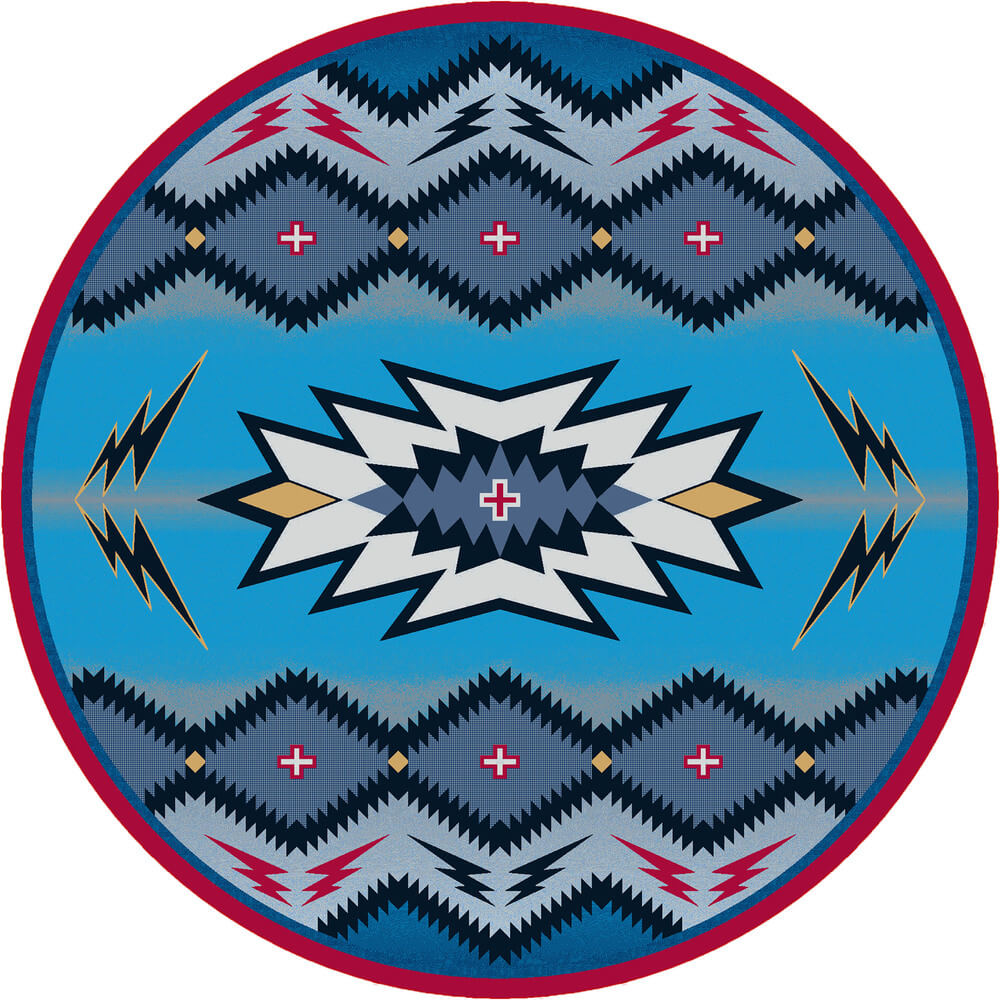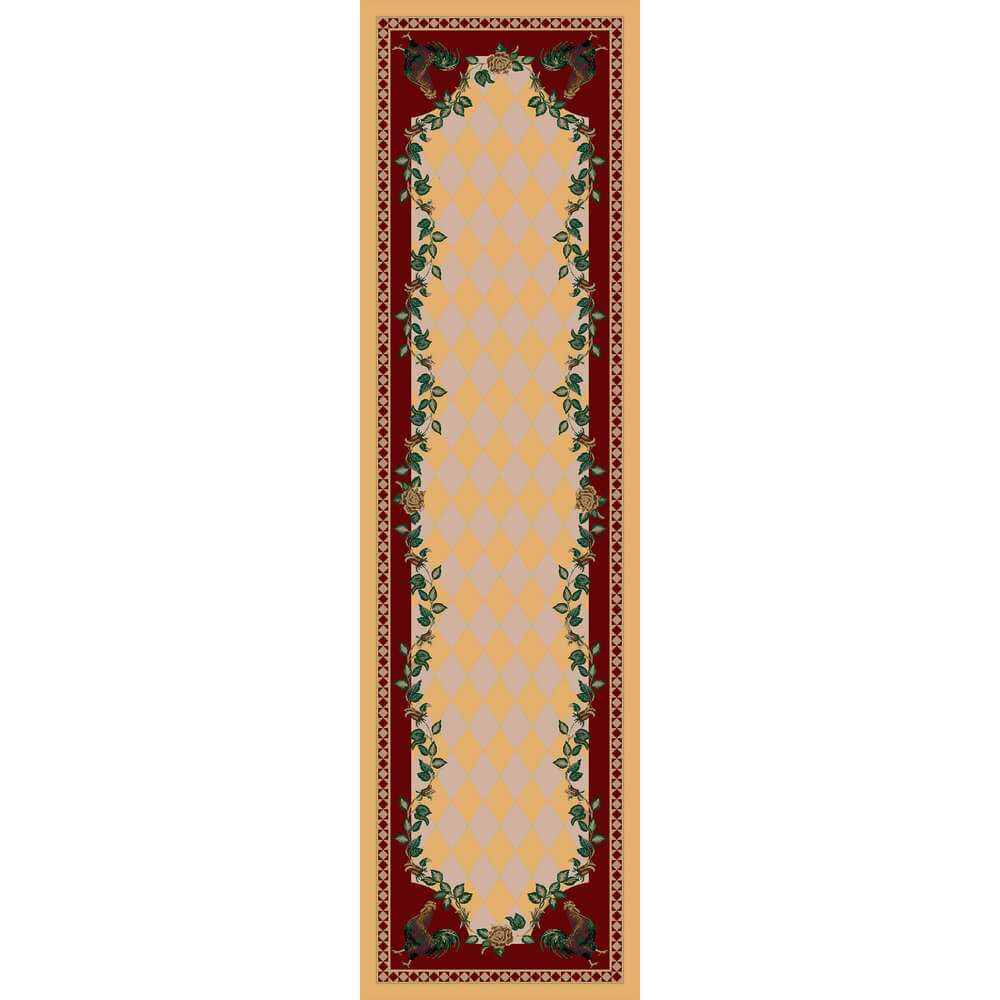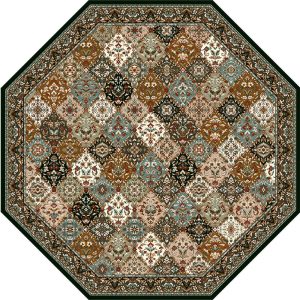Transitional area rugs are versatile and stylish, making them a fantastic addition to your interior decor. While they are often placed on hard flooring surfaces, you might wonder how to use these rugs when you already have carpeting in your space. With the right approach, you can enhance your room’s design and functionality. In this guide, we’ll explore how to use transitional area rugs over a carpet to create a cohesive and visually appealing interior.
1. Choose the Right Rug:
Start by selecting the appropriate transitional area rug. Consider the size, colour, and design that will complement your existing carpet. Look for rugs that offer contrast and visual interest to break up the monotony of the carpet.
2. Define Spaces:
Use transitional rugs to define specific areas within a room. For example, you can place a rug under a dining table to create a designated dining space or position one under a seating arrangement in a living room to define the conversation area.
3. Layer for Texture:
Layering rugs can add depth and texture to your interior. Place a smaller transitional rug on top of the carpet to create a visually interesting focal point. Ensure the top rug is large enough to make a significant impact while allowing some of the carpet to show around the edges.
4. Mix and Match Styles:
Don’t be afraid to mix and match rug styles. A contemporary transitional rug over a traditional carpet or vice versa can create a unique and eclectic design. Just ensure the colours or patterns complement each other.
5. Use Runners in Hallways:
Transitional runners can be placed over carpeted hallways. This not only adds a decorative element but also helps protect the underlying carpet from wear and tear in high-traffic areas.
6. Secure the Rug:
To prevent shifting or slipping, use rug pads or carpet tape to secure the transitional rug in place. This ensures safety and stability.
7. Coordinate Colours and Patterns:
Ensure that the colours and patterns of the transitional rug harmonize with the room’s overall colour scheme and style. Coordinated design elements will tie the room together seamlessly.
8. Experiment with Placement:
Feel free to experiment with rug placement. You can position a transitional rug diagonally or at an angle to add visual interest or change the room’s dynamic.
9. Add Comfort and Soundproofing:
Rugs not only enhance the aesthetics of a room but also provide additional comfort underfoot. They can help reduce noise and echo, making your space more comfortable and acoustically pleasant.
10. Maintain and Clean:
Regular maintenance is essential. Vacuum your transitional area rugs and the underlying carpet regularly to prevent dirt and debris buildup. Following the manufacturer’s care instructions will help prolong the life of your rugs.
Incorporating transitional area rugs and animal print rugs over carpeted flooring can revitalize your interior decor, offering versatility, style, and comfort. With the right selection and placement, you can create a visually appealing and functional space that complements your existing carpet while adding an extra layer of design depth.
Discover the coolest patterns of transitional area rugs at our store. With our comfortable warm patterns, we will be pleased to help you decorate your home at an affordable price.







